Changing the Story: An Integrated Action Plan for transforming our vibrant and interconnected university community
Mobilizing a plurality of practices, paradigms and approaches to action that enable all members of the University of Alberta to come together across many kinds of difference in order to co-create a different story — a story that acknowledges and builds on our past, reflects our present and transforms our futures.
Read the full plan Lire Le PlanAdopting Values-Based Practices
The actions of the plan are an invitation for us to change the story by learning from ideas that draw on varied disciplines, paradigms, ideologies and cultural traditions. A story where the values-based practices in the list below are no longer things we aspire to, but are foundational to how we collectively operate. Some of the practices listed below might not feel like practices a university can, or should, embrace. But after all, we’re changing the story.
- Embracing our Interconnectedness
- Engaging in Acts of Collective Remembering
- Promoting Mutual Flourishing for All
- Realizing the Possibilities of Uncomfortable Encounters
- Engaging our Critical Consciousness
- Positioning Love as a Guiding Ethos
- Investing in Processes of Creation and Community Building

“Change doesn’t only result from grandiose interventions. Building different futures is also made possible through small, everyday actions in varied areas of our learning and working environment. This means each of us, wherever we are located in our institutional ecosystem, can begin where we are.”
— Carrie Smith, Vice-Provost - Access, Community + Belonging

A Model for Transformation
This University is and always has been interconnected. In an attempt to illustrate the relationship among existing forms of institutional coordination, the multi-dimensional model below has been organized around three interdependent sections of our institutional ecosystem:
Each section of our ecosystem is positioned as part of a larger wheel, which represents collaboration and steady movement. As the three interdependent sections make mutually beneficial decisions and take transformative action, the wheel gains traction and momentum across four trajectories, weaving them increasingly together. The four trajectories are:
Supporting Uncomfortable Encounters represents our institutional commitment to fostering spaces where freedom of expression, intellectual pluralism, individual consent and dissent can co-exist. If moments of tension are engaged consensually, supported skillfully and held with care, humility, mutuality, dignity, respect and accountability, these moments can be sites of immense personal and collective transformational impact.
Enhancing Expansive Excellence represents our institutional commitment to acknowledge the relationship among intellectual pluralism, diverse experiences, participation and quality. True innovation involves engagement not just with what we already know but also through curiosity and bravery, with novel and wide-ranging perspectives, ideas, theories, and methods that drive creativity.
Ensuring Access to Academic and Community Life refers to our institutional commitment to confirm that all students, staff and faculty have the support they need to flourish. There are many ways to reduce recurring and preventable barriers that interfere with access to institutional services, spaces, resources and thereby a shared sense of community.
Nurturing Transformative Collaborations refers to our institutional commitment to not only come together across units, faculties, disciplines and paradigms, but also to transform how we collectively work, teach, learn and research. All of these ways are relational and founded on the knowledge that a diversity of experiences, knowledge, approaches and positionalities leads to better outcomes.
Building and sustaining a vibrant and interconnected university community requires all of us. Each of us can be pattern-changers, world-makers and cycle-breakers. We invite you to use this template or complete this form to identify the actions you will take to help make our new institutional story a reality.
Institutional Alignment
This work is a core commitment in all of the University of Alberta’s strategic documents. Positioned as a value statement, an aspirational goal, and/or a key objective, the University of Alberta’s commitment to equity has resulted in deliberate and purposeful action across the three core aspects of our mandate: education, research, and community engagement. Note: These strategies pre-date the renewal toward Access, Community and Belonging, so the language of EDI is retained to reflect what has been published.
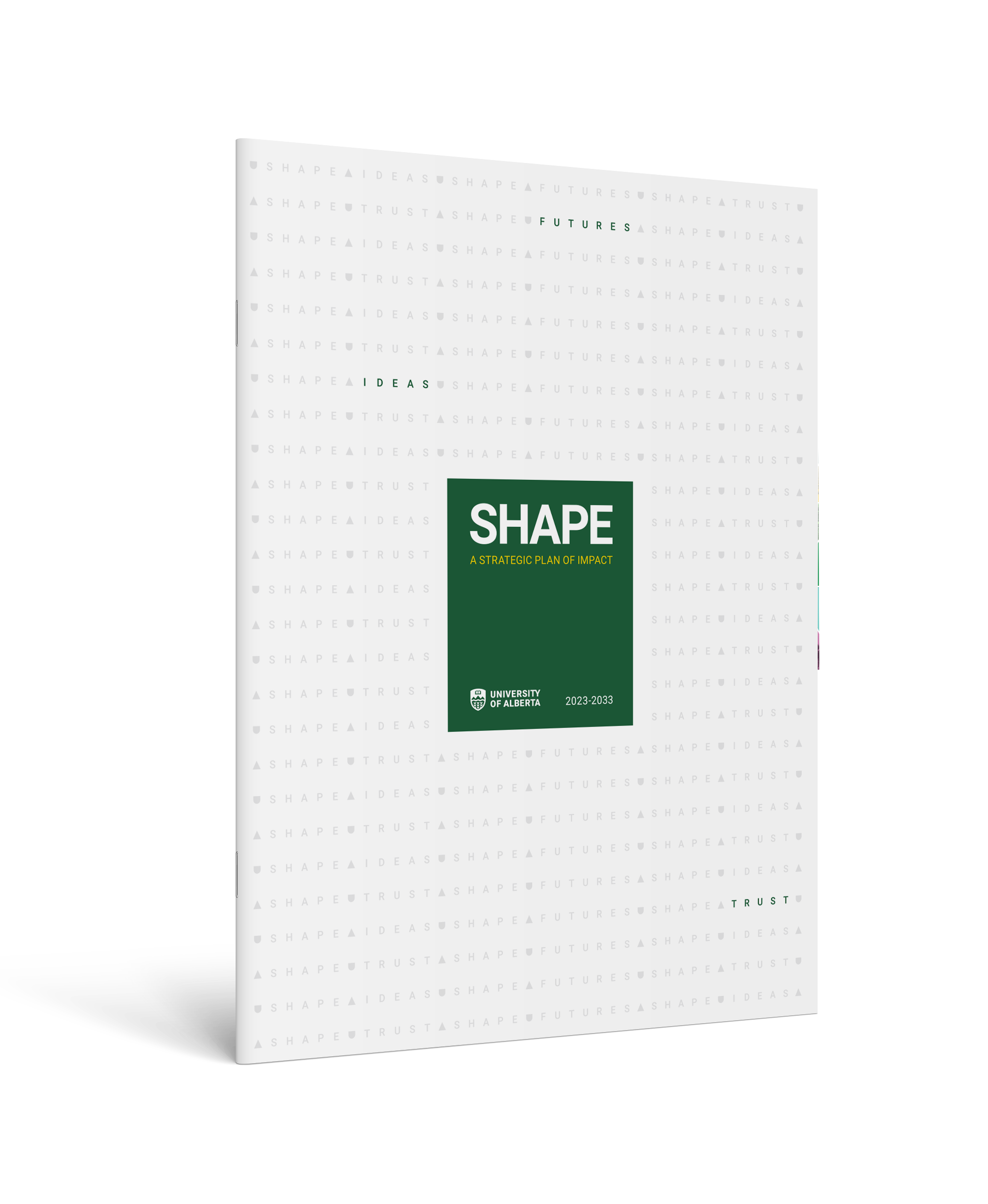
- “Rooted in the university’s deep commitment to equity, diversity and inclusion, we envision a university where everyone feels included and valued” (p. 4).
- “Move forward as one university, with a genuine commitment to equity, diversity and inclusion” (p. 7).
- “Importantly, our initiatives will meaningfully integrate our commitments reflected in Braiding Past, Present and Future and our commitments to equity, diversity and inclusion” (p. 34).
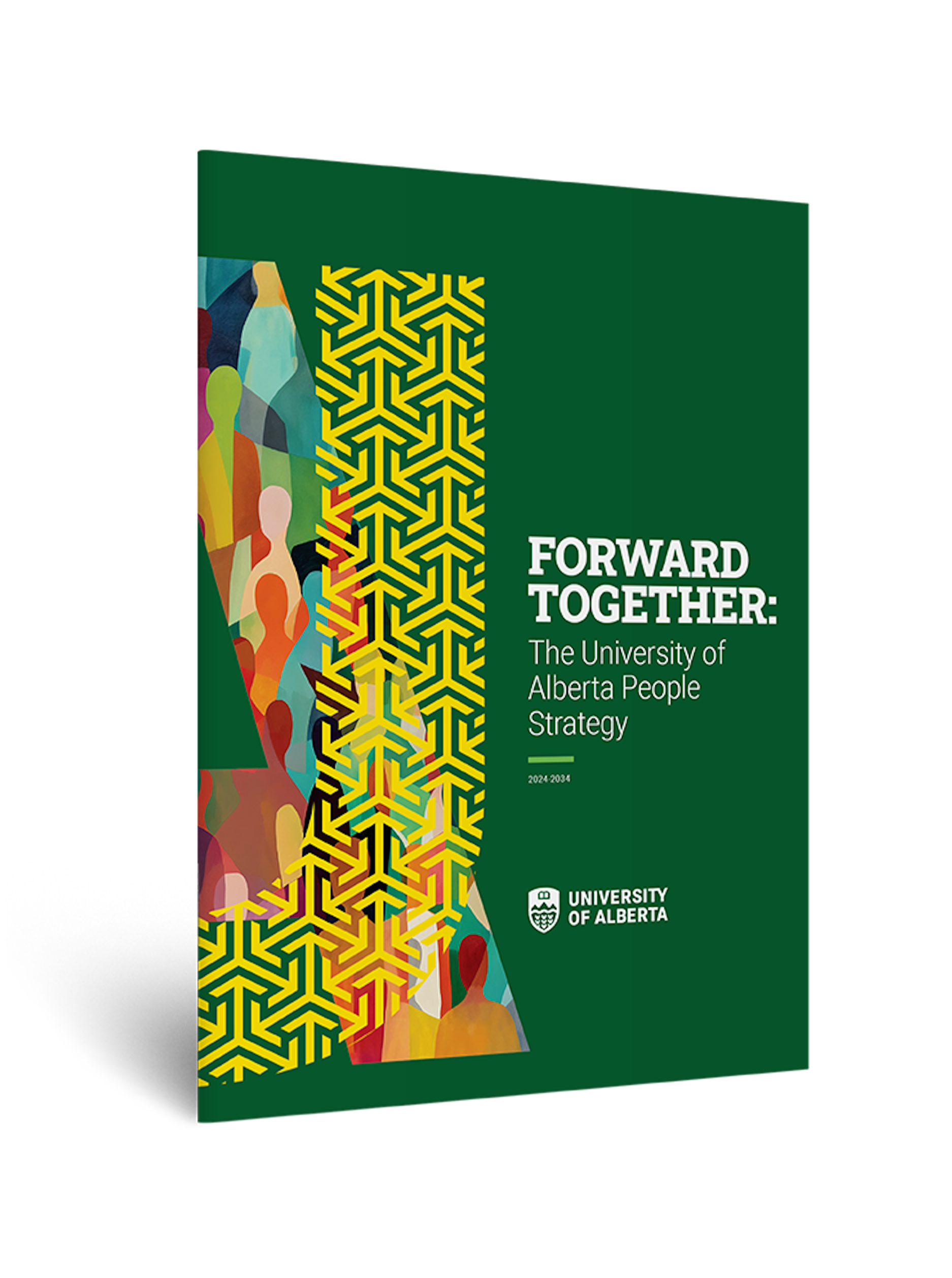
- “We work to achieve a more diverse, equitable, accessible and inclusive environment for all who work, learn and live within our community. We value academic freedom and welcome and celebrate a diversity of perspectives and experiences” (p. 5).
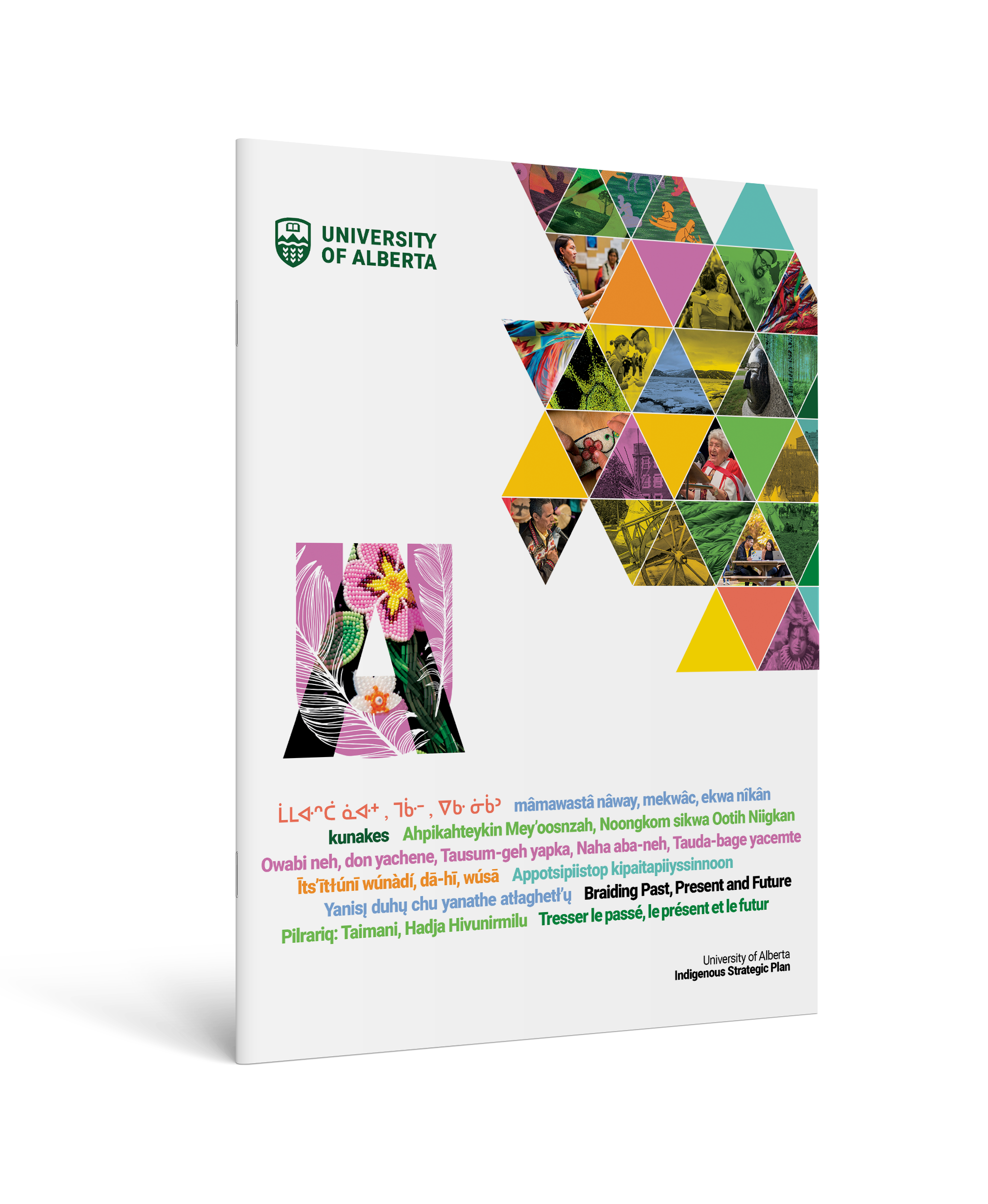
- “One of my strongest commitments as college dean is to promote a college community that enables an equitable and inclusive society. One that acknowledges history and where equity and diversity are essential to excellence on campus” (p. 37).
- “Align Indigenous-focused policy work with revisions of the Equity, Diversity and Inclusivity (EDI) plan and implementation” (p. 53).
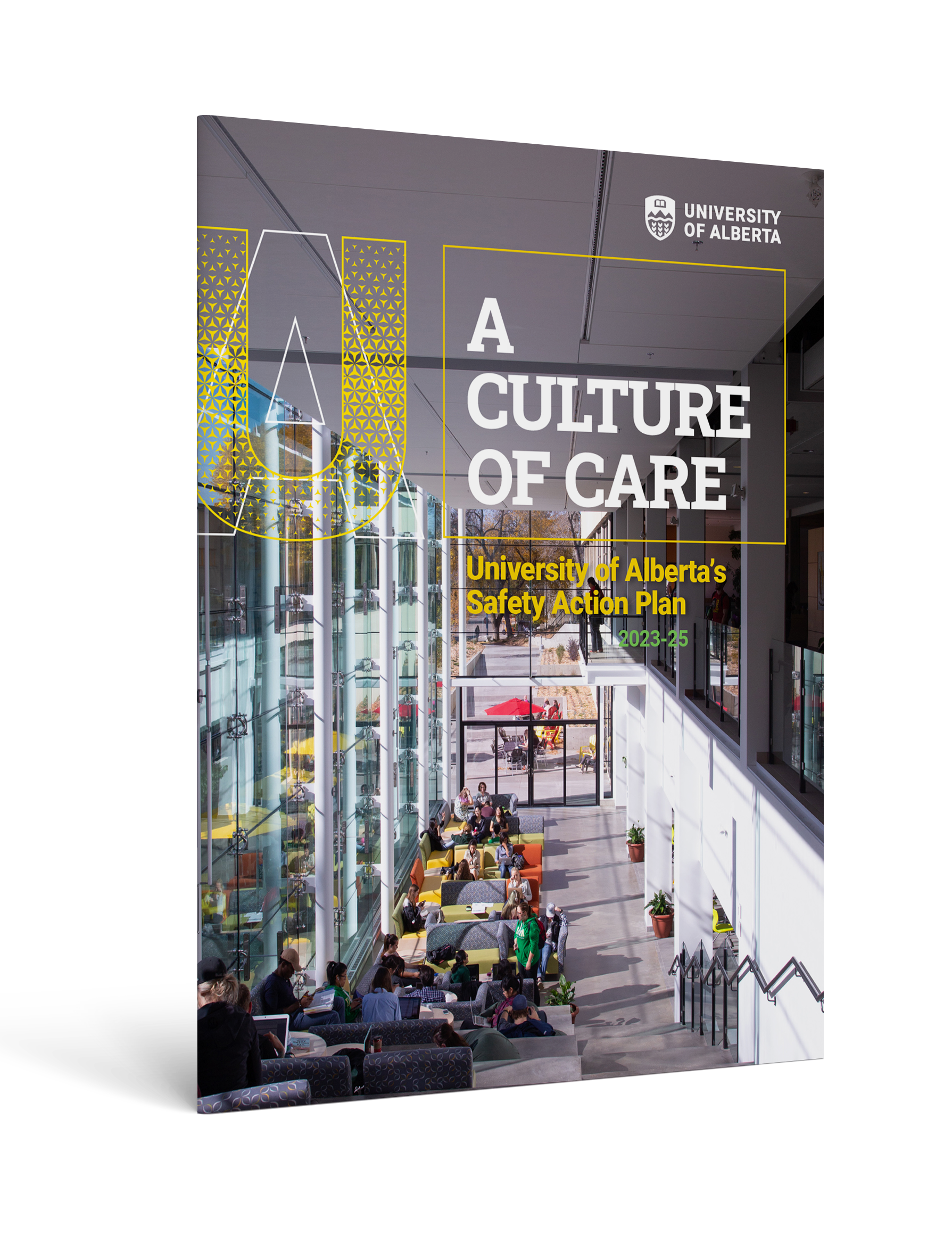
- “This strategic plan aims to embed equity, diversity and inclusivity into the culture of the University of Alberta community, from the grassroots to the senior-most levels” (p. 7).
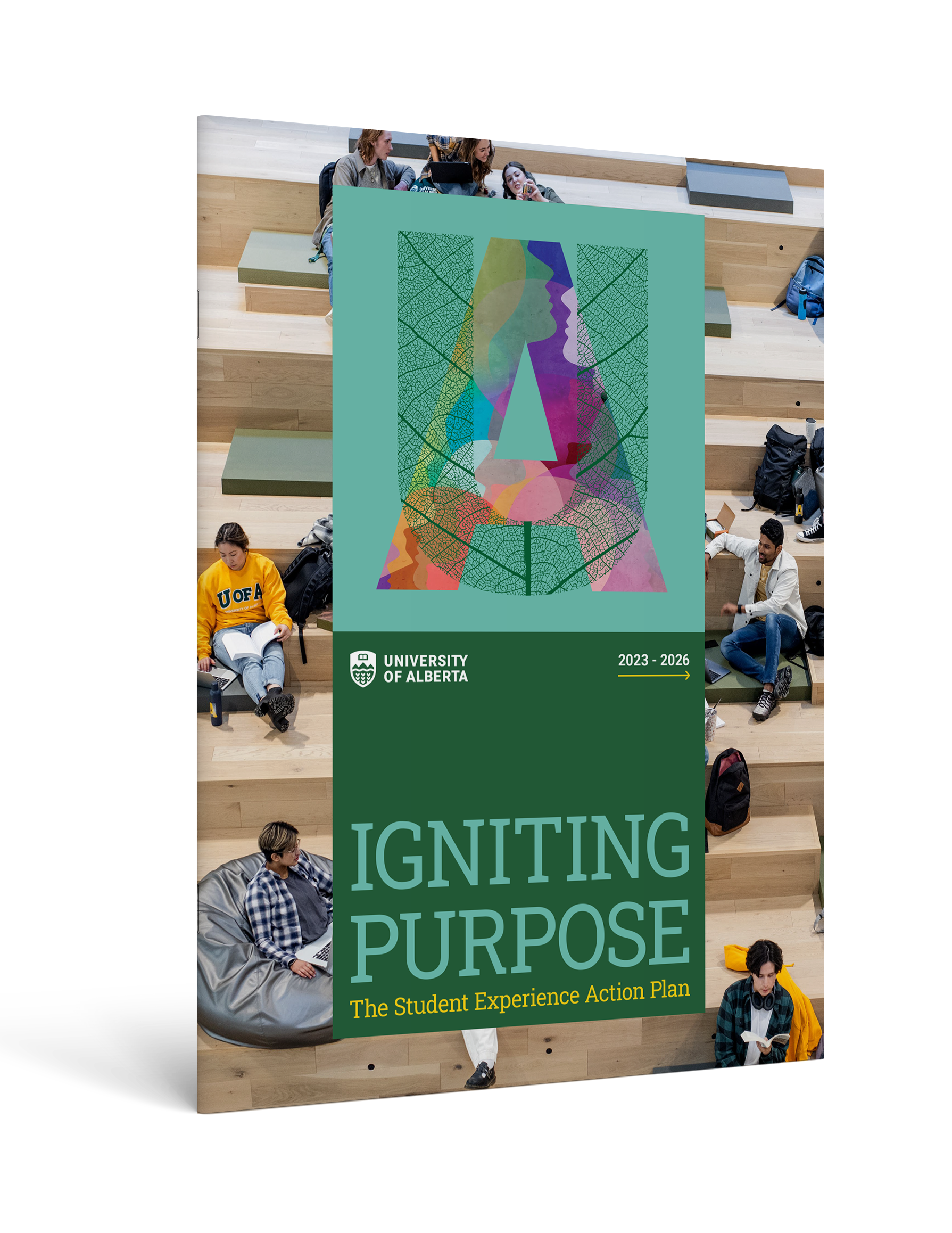
- “[S]tudent experiences vary, and for some students, exceptional experiences are only attained after systemic barriers to equity and access are addressed” (p. 11).
- “Commit to a community-centred and equity-informed approach to improve safety for all students on all campuses” (p.23).
- “Establish strategies to support student transition to improve retention, academic achievement, academic success, student engagement and career success, considering the specific needs of equity-denied students” (p. 58).

- “Our university demonstrates strength in research that addresses systemic inequities and injustices for equity-denied groups through numerous researchers who bring a diversity of perspectives and knowledge. We are willing to have courageous conversations in support of our national commitments to reconciliation, the Scarborough Charter and the Dimensions Charter. Our university commits to centering the principles of equity, diversity, inclusion and decolonization to embrace diverse ways of knowing, learning and doing” (p. 18).
- “Our research excellence is underpinned by the principle of equity and the practices of inclusion and decolonization. By remaining accountable to these principles and practices, we strive to build a culture where diversity flourishes and where we work in partnership to dismantle systemic barriers with ethical integrity and social responsibility” (p.21).
